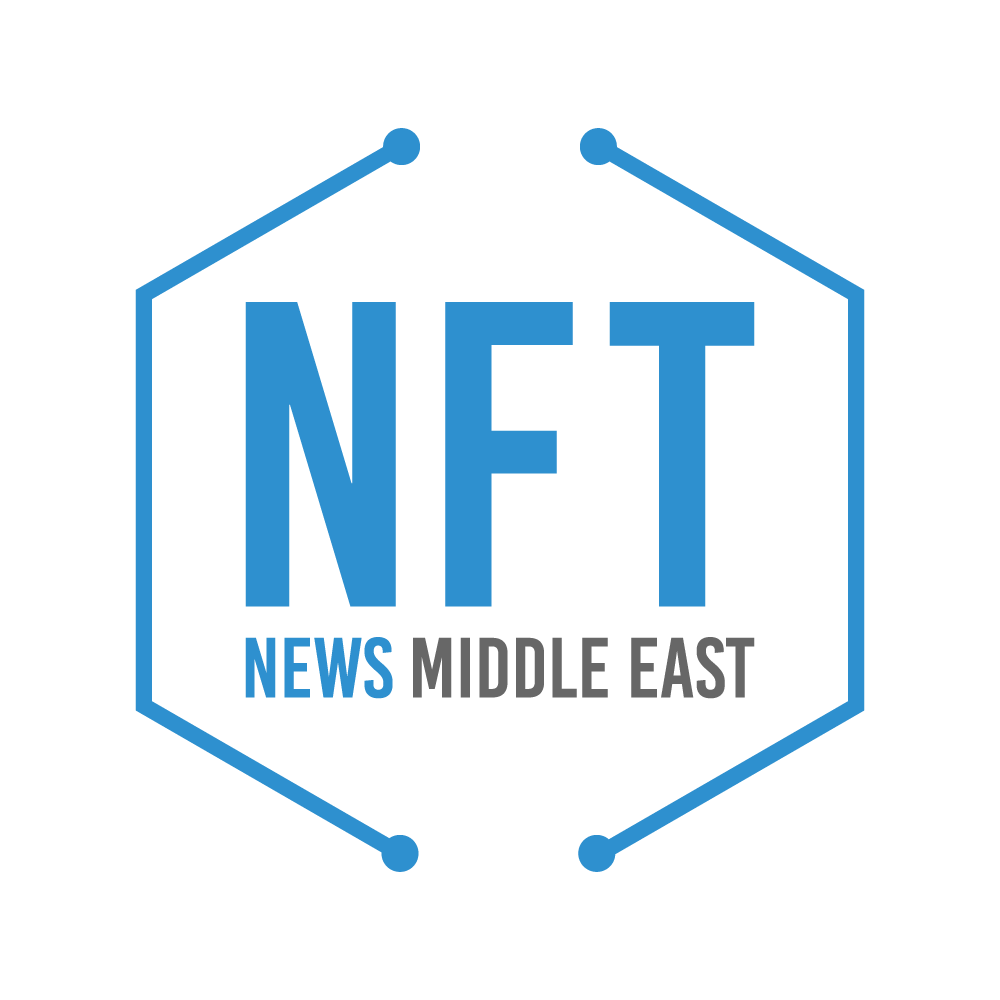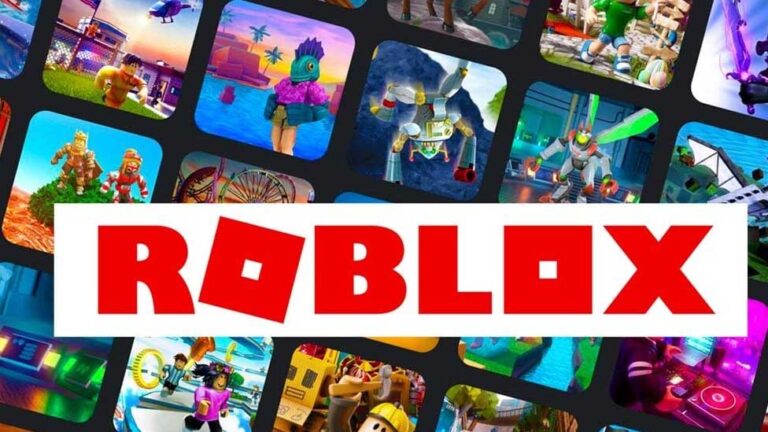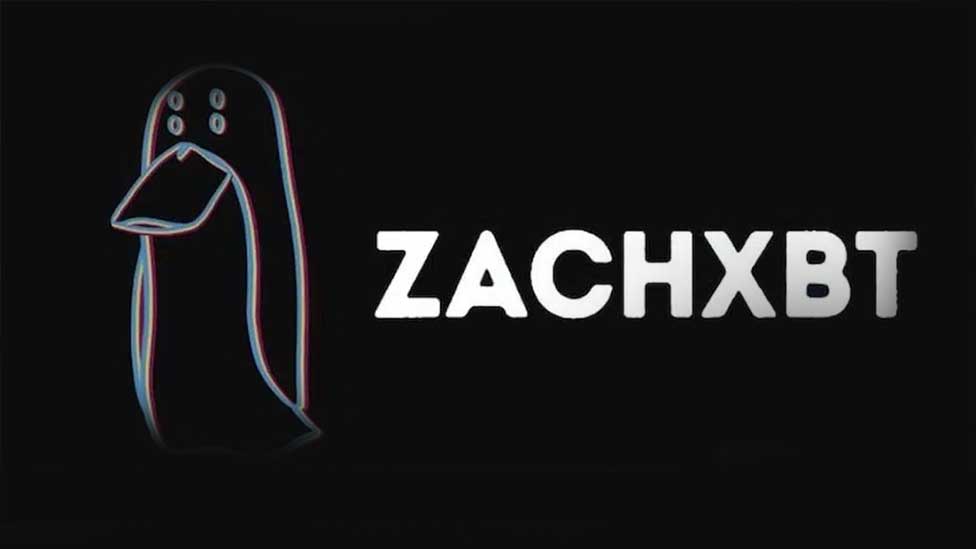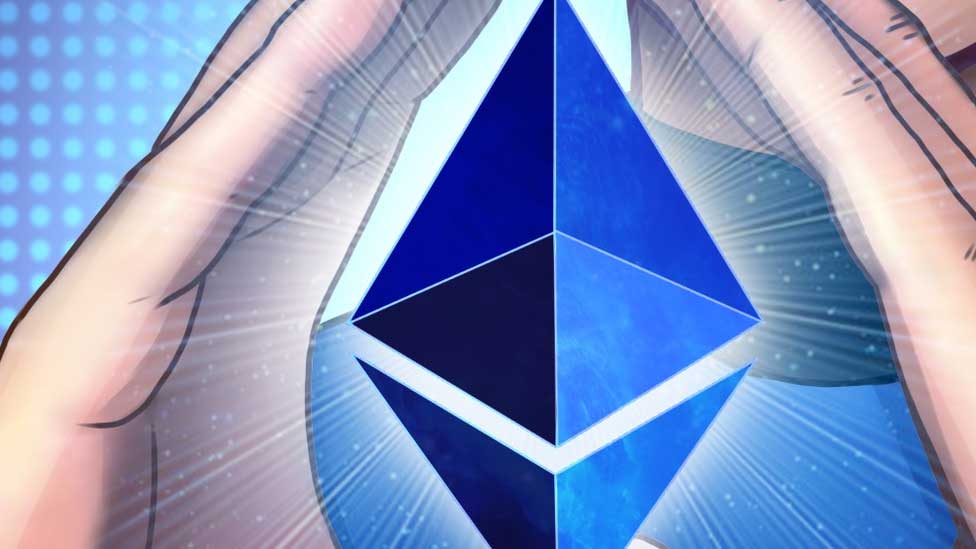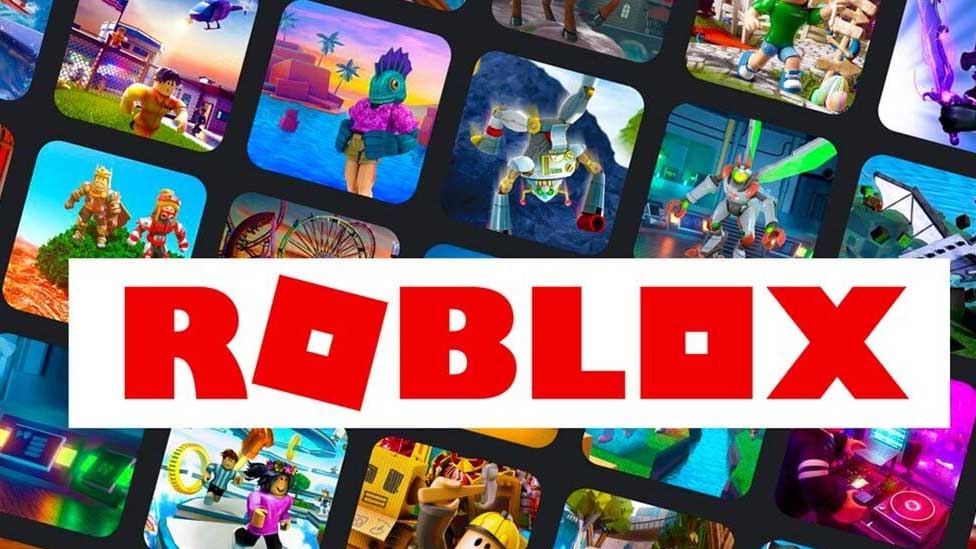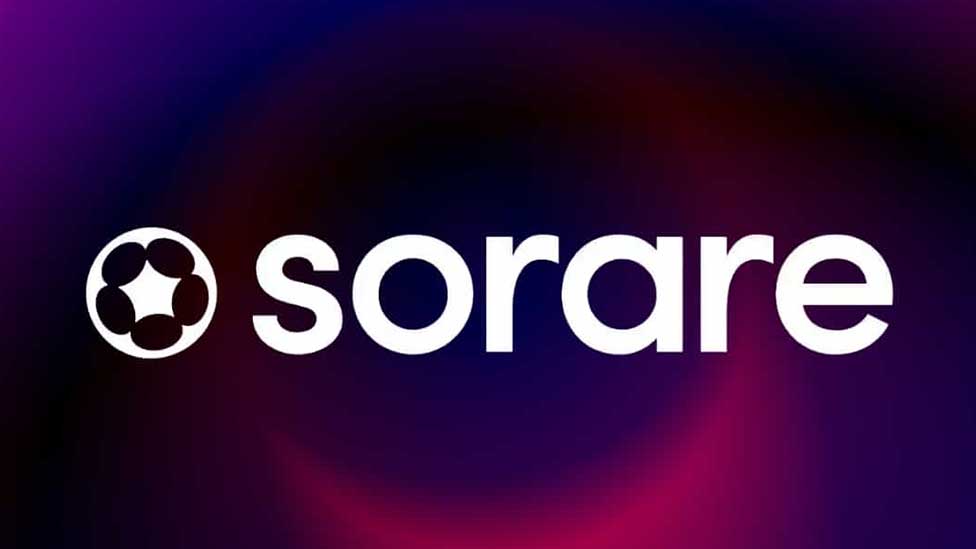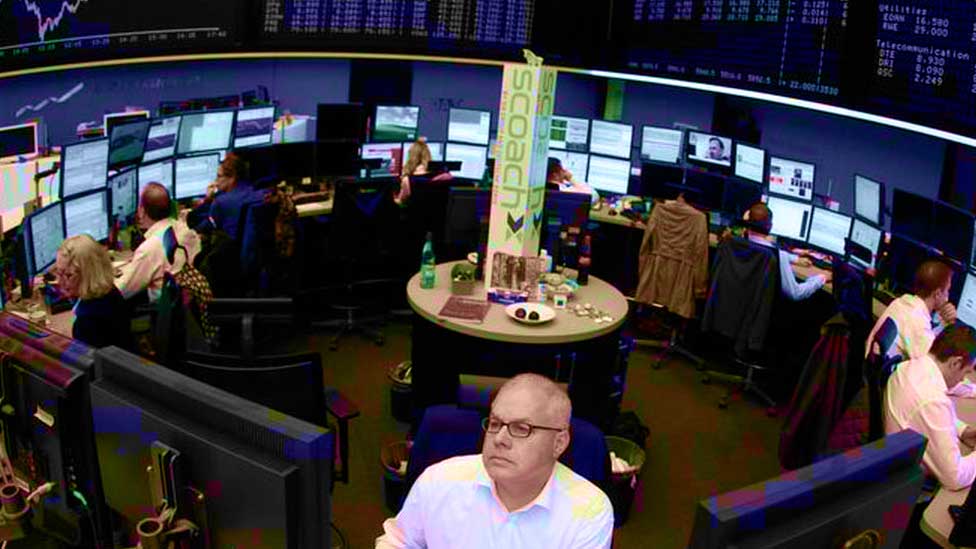After the explosive highs of 2021, the NFT market has entered a period of recalibration. Trading volumes cooled throughout 2024, leaving many to question whether the era of digital collectibles had reached its natural end. But for Matteo Ferretti, CEO of crypto PR agency Spynn, this slowdown signals not collapse, but evolution—a necessary pause before a stronger, more sustainable NFT ecosystem emerges.
The Shift from Hype to Structure
Ferretti points to a key turning point: OpenSea’s February 2025 launch of its SEA token. “The SEA token launch changes how everything works,” he says. “Generating hype alone is no longer enough. Projects must establish strong positioning.”
This shift reflects a broader maturing of the NFT space—one that moves away from viral speculation toward real substance and long-term value creation. According to Ferretti, the next growth wave will be defined by projects that build solid foundations rather than chasing short-term attention.
Understanding the Psychology of Ownership
At the core of Ferretti’s analysis lies a deep understanding of human psychology—specifically, the principle of commitment and consistency. People naturally align their actions with their identities and beliefs, and the most successful NFT projects tap into this emotional investment.
Rather than mere speculation, enduring NFT collections offer buyers a chance to express personal identity and belonging. This explains why growth forecasts for NFTs continue to trend upward, particularly as their use cases expand. NFTs are increasingly serving as membership tokens, gaming assets, and digital identity markers rather than simple collectibles.
A prime example is the sports NFT sector, which continues to attract strong demand. Fans now view these digital assets not just as memorabilia but as symbols of connection to teams, athletes, and communities.
The Authenticity Paradox
Ferretti warns that authenticity—a coveted trait in the NFT space—is often mishandled. “Everyone talks about authenticity while carefully crafting every word to appear authentic. It’s become performance art,” he observes. The more creators attempt to prove their authenticity, the more manufactured they can appear.
The answer, Ferretti argues, lies in real value creation and genuine community engagement. Projects like Art Blocks have thrived not through celebrity endorsements or artificial scarcity, but by empowering artists and allowing algorithmic art to speak for itself. In this way, authenticity emerges organically through consistent, meaningful action.
Brands should also embrace their imperfections, Ferretti suggests. Transparency and vulnerability often foster stronger, more trusting relationships with communities. When NFT creators take sincere stands on issues that matter to their audiences, they build bonds rooted in shared purpose.
Building the Infrastructure of Trust
Beyond psychology and messaging, Ferretti points to the technological advances quietly reshaping the NFT landscape. Artificial intelligence is playing an increasing role, helping platforms create original artwork, refine user experiences, and deliver personalized recommendations—addressing long-standing criticisms about NFT utility.
Gaming NFTs exemplify this shift. Unlike static profile-picture NFTs, gaming assets offer real in-game functionality and engagement, driving organic demand from players who value their utility.
Meanwhile, the regulatory environment is also maturing. North America’s established legal frameworks are giving investors greater confidence, creating stability that supports long-term value creation. This contrasts sharply with the regulatory uncertainty that once hampered adoption.
Rewriting the Playbook for NFT PR
Ferretti emphasizes that successfully promoting NFT projects requires a radically different approach from traditional public relations. “Media outlets are desperate for original insights backed by credible data,” he explains. Yet too many NFT projects still focus on product features rather than broader narratives that resonate with media and audiences alike.
Effective NFT communication demands PR partners who grasp both blockchain technology and community-driven marketing, bridging the gap between technical innovation and public understanding.
Mastering the Half-Life of Attention
Perhaps Ferretti’s most valuable insight concerns timing. In today’s accelerated media cycle, “the half-life of news is now measured in hours, not days,” he notes. The projects that achieve outsized success are those that seize cultural moments and insert themselves meaningfully into ongoing conversations.
The launch of OpenSea 2.0 and its SEA token distribution perfectly illustrate this. Projects that swiftly recalibrated their messaging to reflect the shifting competitive landscape gained a decisive advantage, while others that stayed static were quickly left behind.
Looking Ahead: NFTs as Digital Infrastructure
Ferretti sees the NFT market evolving far beyond its current form. The next frontier, he predicts, lies in NFTs becoming integral to digital identity and ownership, supported by emerging technologies such as augmented reality and extended reality.
As these tools converge, consumers will experience digital property in entirely new ways—moving NFTs from niche collectibles into the foundational layers of a broader digital economy.
